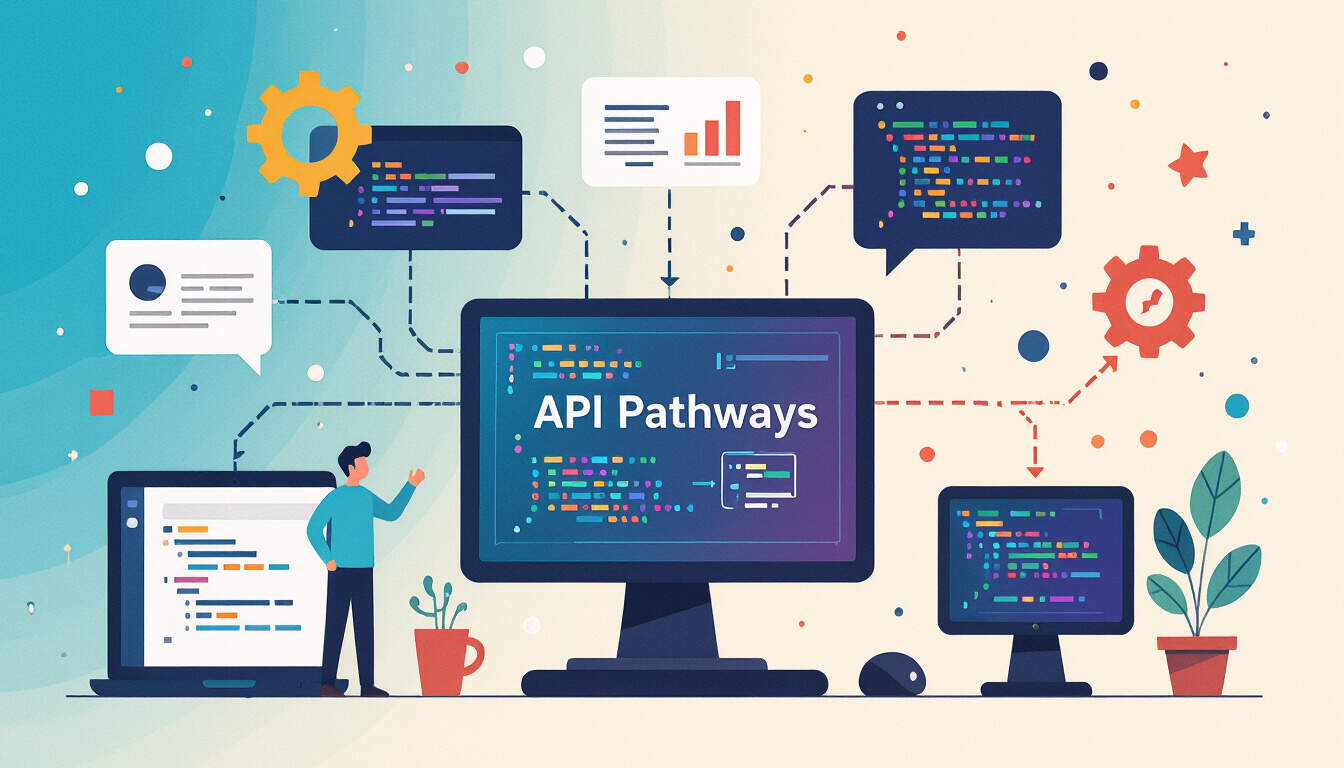API Versioning Strategies for Solo SaaS Success
 by Thaddeus Blanda
by Thaddeus Blanda
Explore essential API versioning strategies that help solo SaaS developers maintain compatibility and innovation. Learn how to implement these approaches with practical steps and examples to ensure your applications remain flexible and reliable.

API versioning is a key practice for solo SaaS developers aiming to update services without disrupting users. This approach allows changes while preserving existing functionality. For instance, API versioning ensures that new features do not break current integrations.
In software development, managing updates is crucial. Solo developers often work alone, so selecting the right strategy can save time and reduce errors. Consider URI versioning as one option. This method includes the version number in the URL, like /v1/resource. It makes it easy to see which version is in use.
Another strategy involves query parameters. Here, the version is added as a parameter, such as /resource?version=1. This keeps URLs clean and can be useful for simple projects. For solo SaaS, this means less complexity when testing updates.
Header versioning uses HTTP headers to specify the version. Developers send the version in the request header, avoiding changes to the URL structure. This is ideal for APIs that need to remain consistent in appearance.
To implement URI versioning, start by planning your API structure. First, define the initial version, such as v1. Then, create endpoints like /v1/users. Test this setup in a local environment to check for issues.
Real-world examples show these strategies in action. A solo developer building a task management app used URI versioning to roll out new features. They released v2 with enhanced search options, allowing old clients to continue using v1 without problems.
For query parameter versioning, follow these steps:
- Set up your API to read version parameters.
- In your code, check the parameter and route to the appropriate logic.
- Document the changes clearly for users.
This method works well for APIs with frequent small updates. A developer creating a content delivery service adopted it to add performance improvements without altering core URLs.
Header versioning offers flexibility for more advanced setups. Begin by configuring your server to handle header inputs. For example, use Accept headers like Accept: application/vnd.myapp.v1+json. Then, validate and process requests based on the specified version.
In practice, a solo SaaS project for data analytics implemented this to support legacy systems. They maintained compatibility while introducing new data formats in later versions.
Challenges may arise, such as handling multiple versions simultaneously. Solo developers can address this by prioritizing deprecation policies. Set a timeline for retiring old versions and notify users in advance.
Benefits include improved maintainability and user trust. By using these strategies, developers can focus on innovation rather than fixing breakages. For instance, a freelance developer enhanced their e-commerce API with query parameters, leading to smoother updates and positive feedback.
When choosing a strategy, consider your project's scale. For small solo SaaS apps, URI versioning might be straightforward. Larger ones could benefit from header approaches for better organization.
Step-by-step guides are essential for implementation. Here's how to apply header versioning:
- Identify the headers your API will use.
- Update your documentation to include version details.
- Test endpoints with different headers to ensure correct routing.
Real examples from the community highlight success. One developer shared how switching to query parameters reduced support tickets by 30 percent in their subscription service.
Overall, effective API strategies build a strong foundation for solo SaaS. By applying these methods, developers can achieve stability and growth. Remember to monitor performance and gather user feedback for ongoing improvements.
In summary, adopting the right versioning keeps your SaaS projects adaptable. Whether through URIs, parameters, or headers, the key is to plan ahead and test thoroughly.
